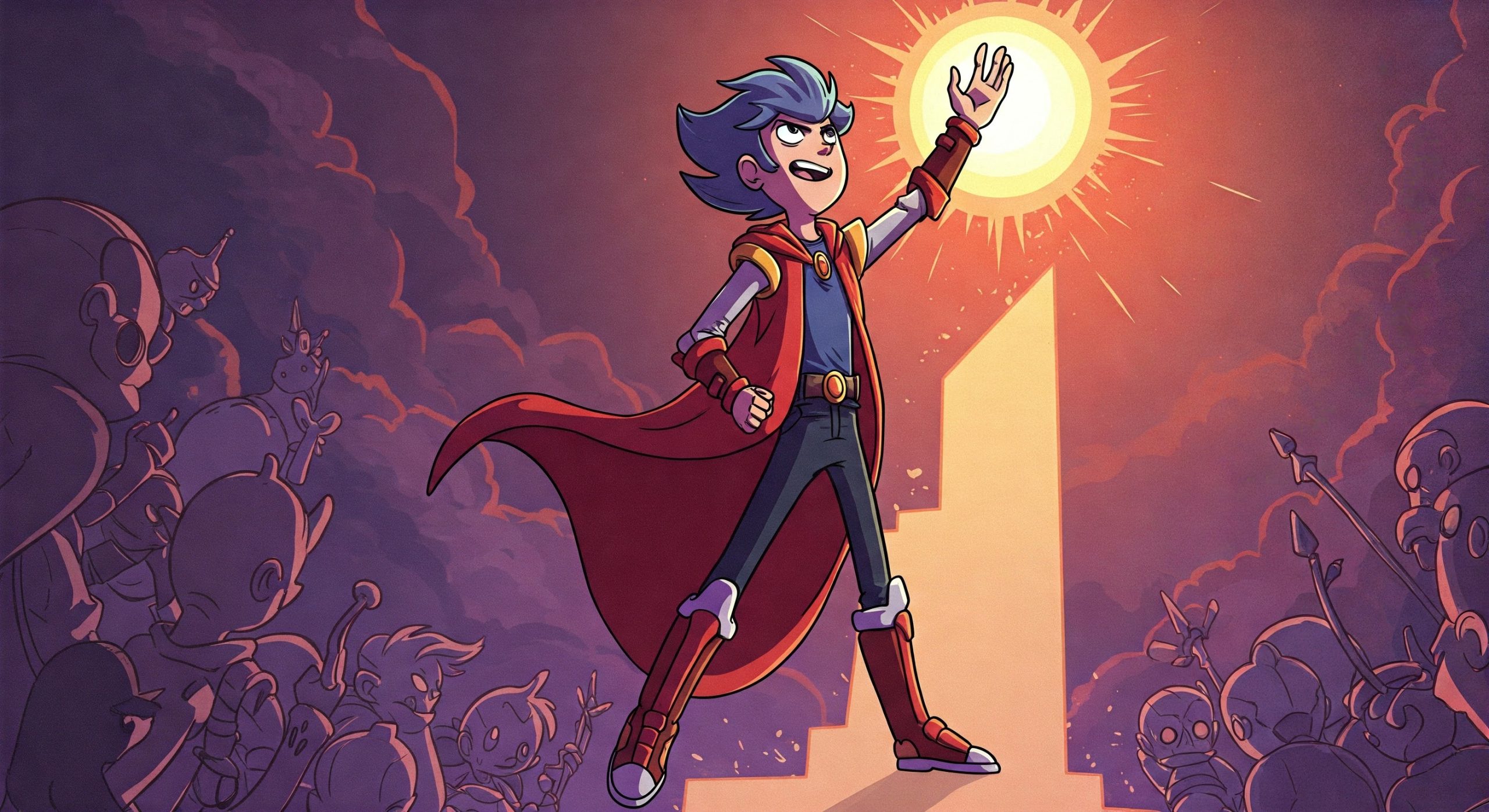The last few years have been a wild ride for entrepreneurs. Entrepreneurship is no longer an anomaly; it’s widely accepted and celebrated across the country! Thanks to platforms like Shark Tank and venture capital fund houses, entrepreneurship has been glorified and embraced by society.
As we continue on this journey, we felt it was important to share our experiences in building a sustainable business from scratch. Every entrepreneurial journey is unique, but there are a few common elements in all of them. One of these is raising funds.
The Evolution of Entrepreneurship and Venture Capital
Entrepreneurship itself isn’t new—it has evolved over centuries. However, venture capital is a relatively young industry, just 70 to 80 years old. This means that businesses were built and sustained long before venture capital existed.
A Lesson From My Dad
In a recent conversation with my dad, who has been running a successful business for over 40 years, I asked him, “Where did you raise funds when you started?”
He was taken aback by the question but answered:
Dad: “I convinced my first customer to prepay for the services I would deliver, and that became my capital. We made a profit from the first customer and reinvested it into the next one, and this continued.”
Me: “So, you basically bootstrapped, and in a way, your customer acted as your VC?”
Dad: “I guess, yeah!”
I’m sure India is full of similar stories—and even more! If you need inspiration to build a business, it’s not far away.
The Shift in Focus: Fundraising v/s Business Building
At one point in our startup journey, our goal briefly shifted toward raising funds rather than focusing on building the business. Then, we realized that building a strong business could solve the funding problem, but having venture capital wouldn’t necessarily solve the business-building problem.
A Call to Fellow Entrepreneurs
To all fellow entrepreneurs, here’s my advice:
- Take a step back and think about why you want to start up.
- Is your focus on building a business or on just raising money?
The Hardest Part
Bootstrapping is absolutely difficult, just like most other aspects of starting up. The hardest part is seeing people around you raise funds while you’re still figuring it out. But just put your head down and build!
As YC says:
“Build something that people want.”
If you build it right, people pay, and your customers become your VC. That’s what happened with us!






